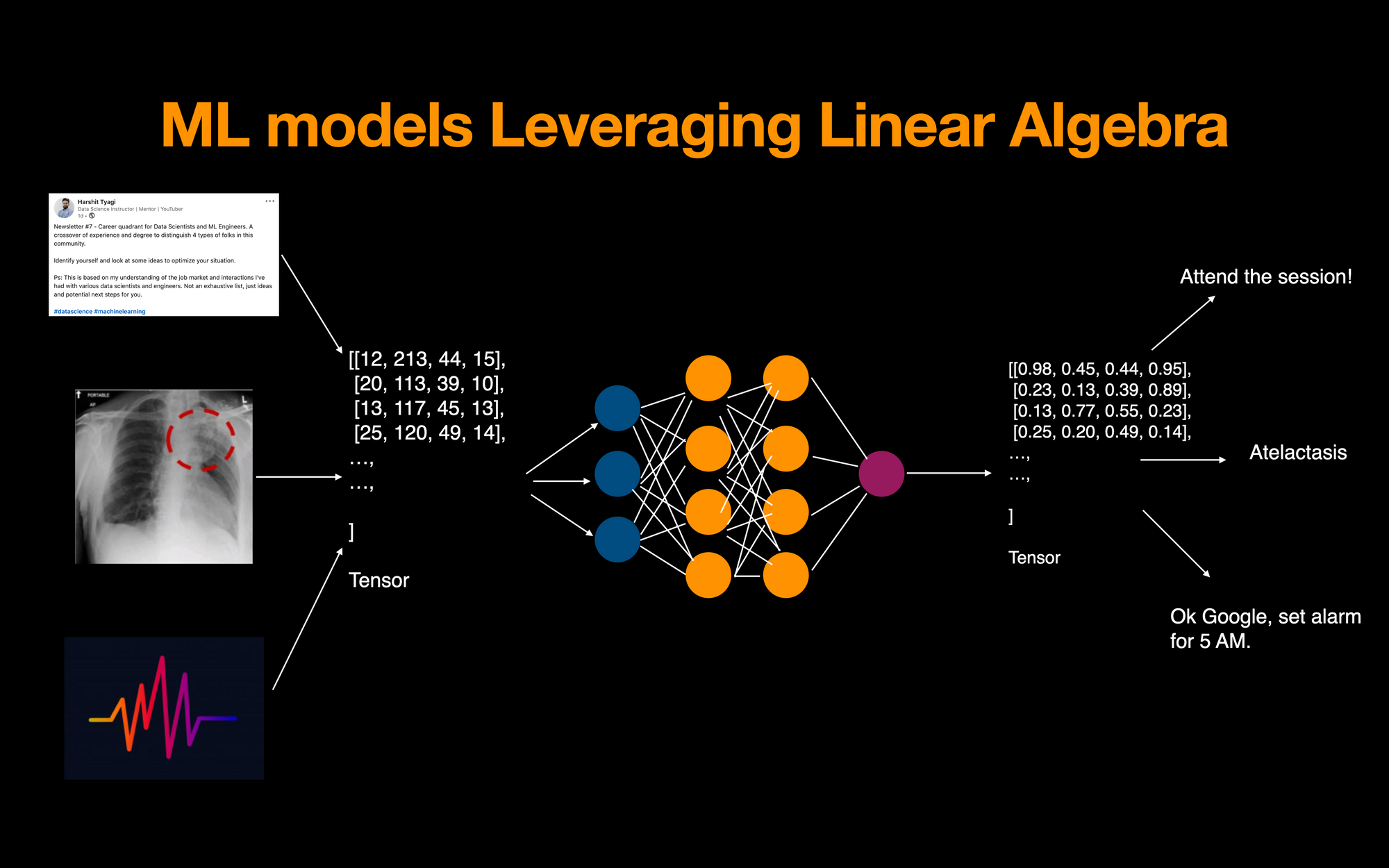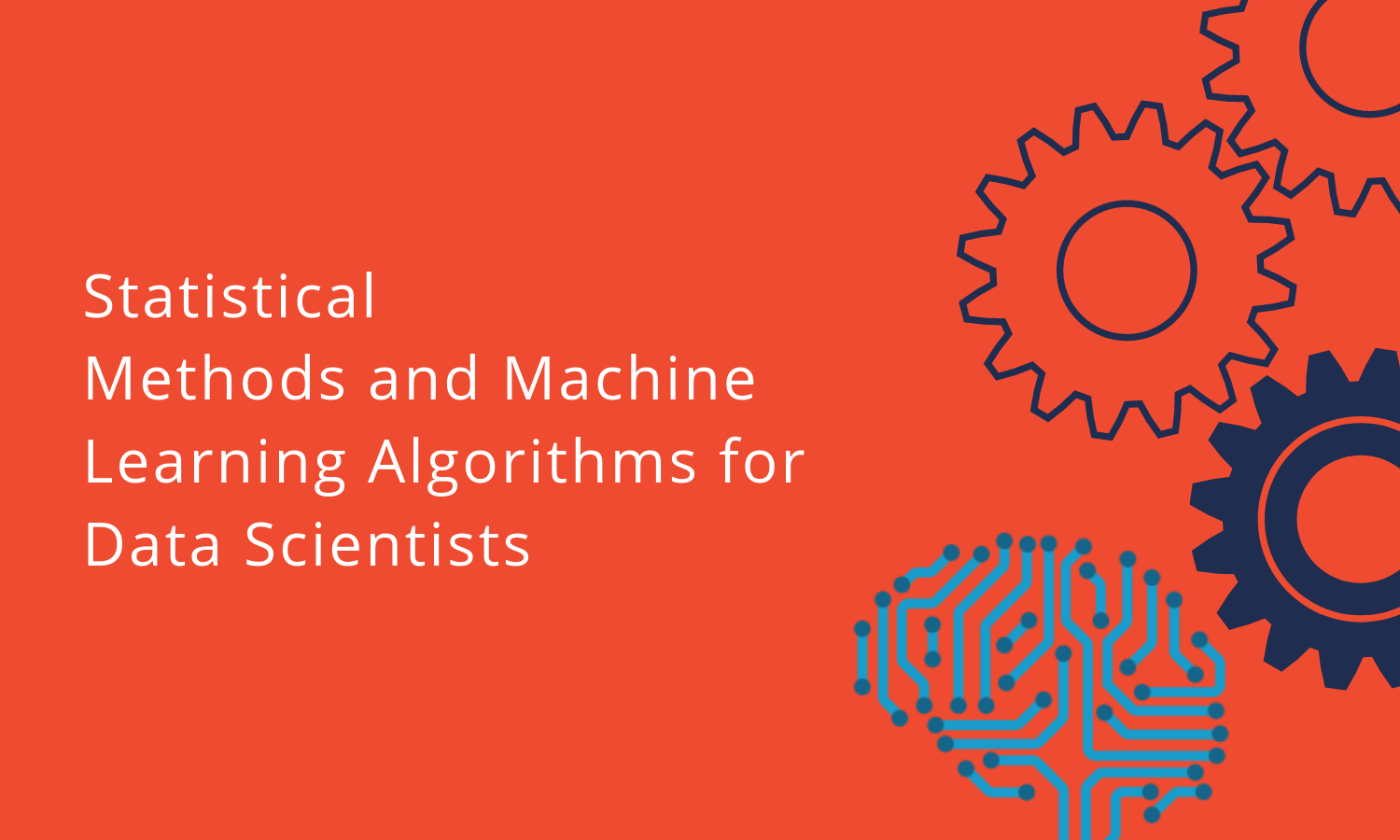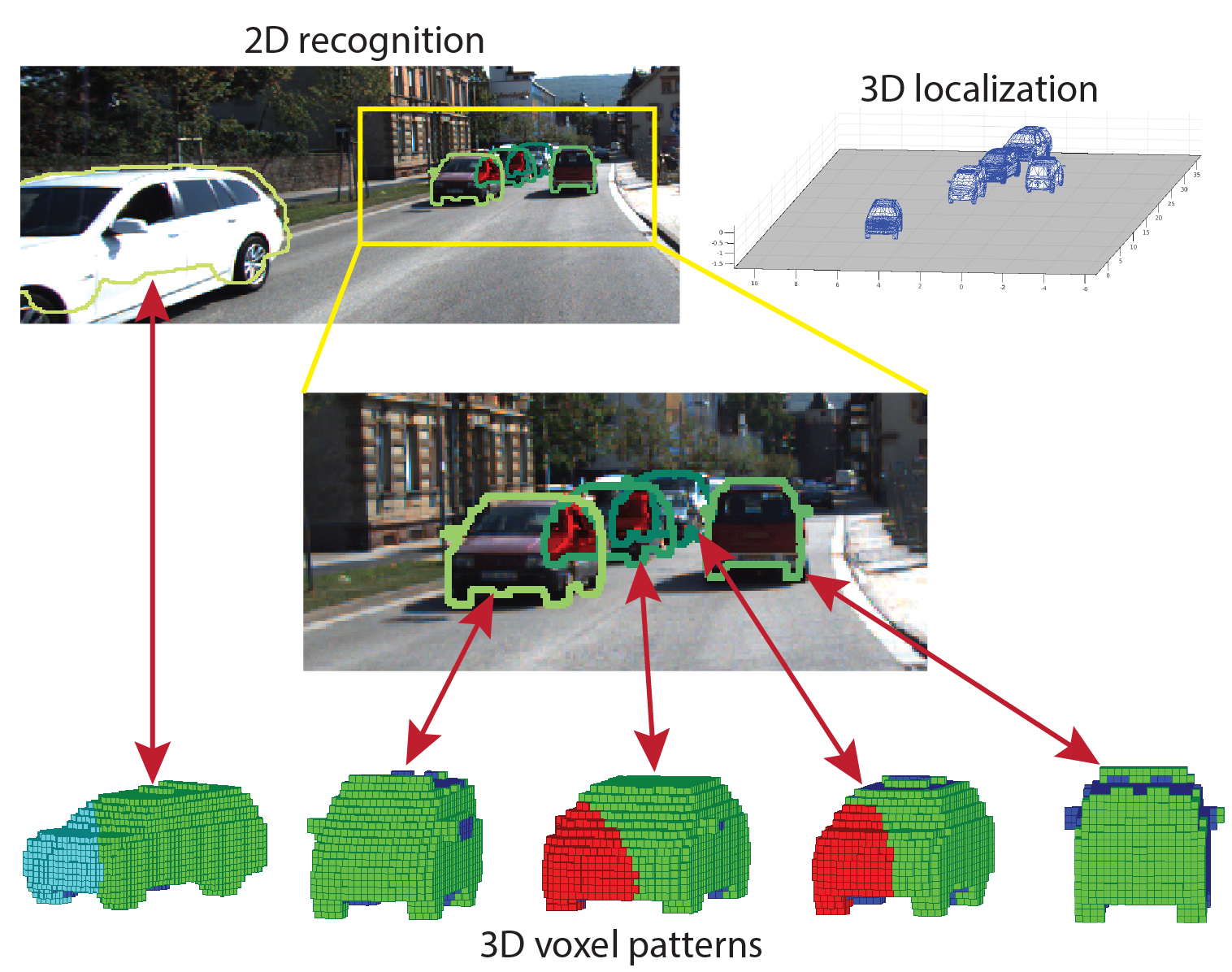Application Of Mathematics In AI(artificial Intelligence ) Presentation
| Introduction to the Application of Mathematics in AI | ||
|---|---|---|
| Mathematics plays a crucial role in the development and application of AI. Mathematical algorithms are used to process and analyze data in AI systems. Mathematical models are used to represent and solve complex problems in AI. | ||
| 1 | ||
| Mathematical Foundations of AI | ||
|---|---|---|
| Linear algebra is used to represent and manipulate data in AI, such as vectors and matrices. Calculus is used to optimize AI models and algorithms, such as gradient descent. Probability theory and statistics are used to analyze uncertainty and make informed decisions in AI systems. | ||
| 2 | ||
| Machine Learning and Statistics | ||
|---|---|---|
| Machine learning algorithms rely on statistical methods to learn from data and make predictions. Probability theory is used to model uncertainty in machine learning algorithms. Statistical hypothesis testing is used to evaluate the significance and performance of AI models. | ||
| 3 | ||
| Neural Networks and Calculus | ||
|---|---|---|
| Calculus is used to train neural networks by optimizing their weights and biases. Gradient descent, a calculus-based optimization algorithm, is used to minimize the loss function in neural networks. Calculus is also used to calculate gradients and update the model parameters during training. | ||
| 4 | ||
| Natural Language Processing and Probability Theory | ||
|---|---|---|
| Probability theory is used in natural language processing for language modeling and text generation. Hidden Markov Models (HMMs), a probabilistic model, are used for speech recognition and part-of-speech tagging. Bayesian methods are used to infer the meaning of ambiguous words or phrases in natural language processing tasks. | ||
| 5 | ||
| Computer Vision and Geometry | ||
|---|---|---|
| Geometry is used in computer vision to represent and manipulate 3D objects and scenes. Transformation matrices and homographies are used to project and align images in computer vision tasks. Differential geometry is used to analyze and model curved surfaces in computer vision applications. | ||
| 6 | ||
| Robotics and Kinematics | ||
|---|---|---|
| Kinematics, a branch of mathematics, is used to model and control the motion of robots. Forward and inverse kinematics equations are used to compute the position and orientation of robot joints. Robotics algorithms rely on mathematical models to plan and optimize robot trajectories. | ||
| 7 | ||
| Optimization and Operations Research | ||
|---|---|---|
| Optimization algorithms, such as linear programming and dynamic programming, are used to solve complex optimization problems in AI. Operations research techniques are used to optimize resource allocation and scheduling in AI systems. Mathematical optimization is used to improve the efficiency and performance of AI algorithms. | ||
| 8 | ||
| Data Mining and Graph Theory | ||
|---|---|---|
| Graph theory is used in data mining to represent and analyze relationships between data points. Graph algorithms, such as PageRank and community detection, are used for recommendation systems and social network analysis. Graph theory also plays a role in network analysis and anomaly detection in AI applications. | ||
| 9 | ||
| Conclusion | ||
|---|---|---|
| Mathematics provides the foundation for AI algorithms and models. The application of mathematics in AI enables the development of intelligent systems and decision-making processes. Continued advancements in mathematics will further enhance the capabilities and potential of AI technologies. | ||
| 10 | ||









